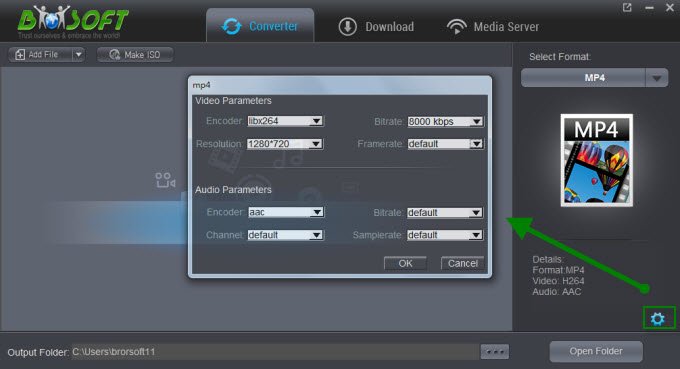
Publish, display and distribute such derivative works in any mediumĪnd for any purpose, provided that no such derivative work shall be RFC and create derivative works from these extracts, and to copy, Text from Sections 1 through 8 and Appendix A and Appendix B of this

Of the Trust Legal Provisions shall also include the right to extract The licenses granted by the IETF Trust to this RFC under Section 3.c

The Trust Legal Provisions and are provided without warranty as Include Simplified BSD License text as described in Section 4.e of Code Components extracted from this document must Please review these documentsĬarefully, as they describe your rights and restrictions with respect This document is subject to BCP 78 and the IETF Trust's Legal RFC 6716 Interactive Audio Codec September 2012Ĭopyright (c) 2012 IETF Trust and the persons identified as the
48 frames per second audio dsync how to#
Information about the current status of this document, any errata,Īnd how to provide feedback on it may be obtained at Internet Standards is available in Section 2 of RFC 5741. Internet Engineering Steering Group (IESG). Received public review and has been approved for publication by the It represents the consensus of the IETF community. This document is a product of the Internet Engineering Task Force This is an Internet Standards Track document. Modified Discrete Cosine Transform (MDCT) to achieve good compression Opus uses both Linear Prediction (LP) and the Low bitrate narrowband speech at 6 kbit/s to very high quality stereo

Opus is designed to handle a wide range of interactive audioĪpplications, including Voice over IP, videoconferencing, in-gameĬhat, and even live, distributed music performances. This document defines the Opus interactive speech and audio codec. Request for Comments: 6716 Mozilla Corporation Internet Engineering Task Force (IETF) JM.


 0 kommentar(er)
0 kommentar(er)
